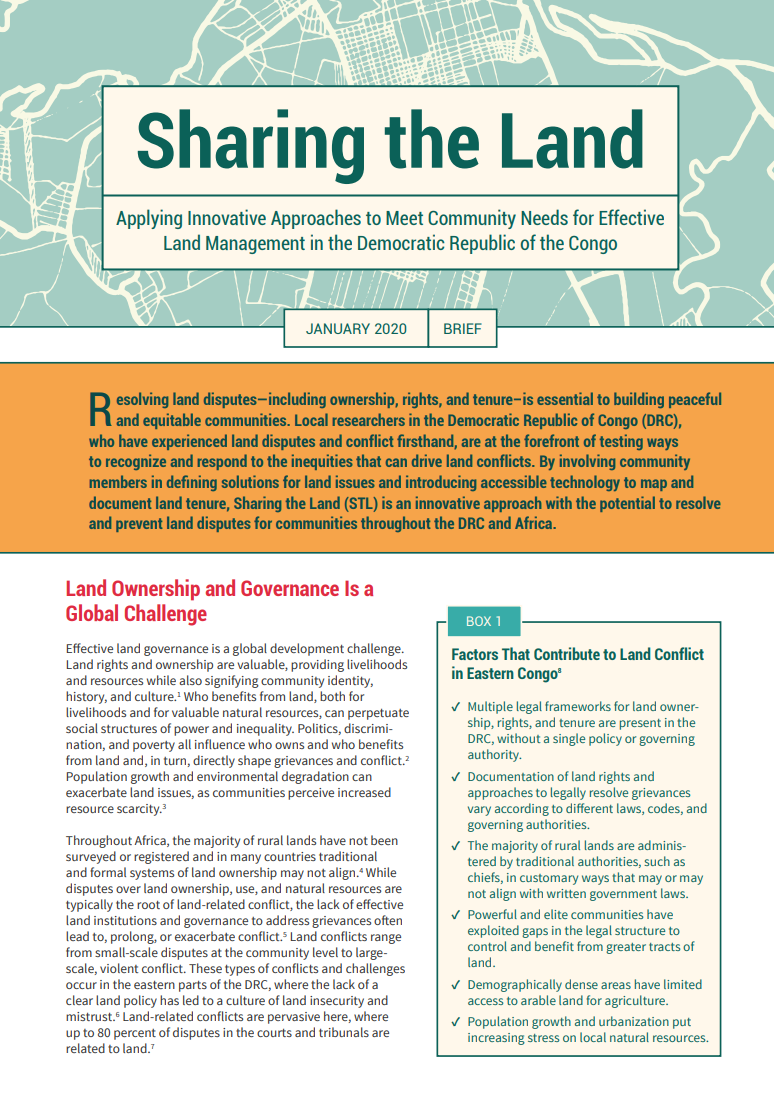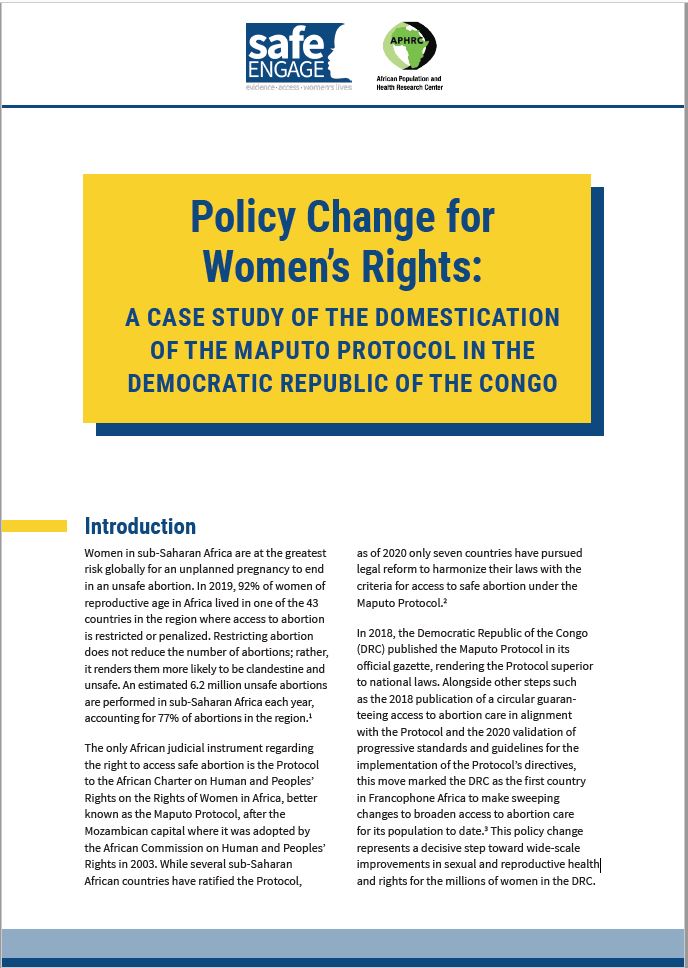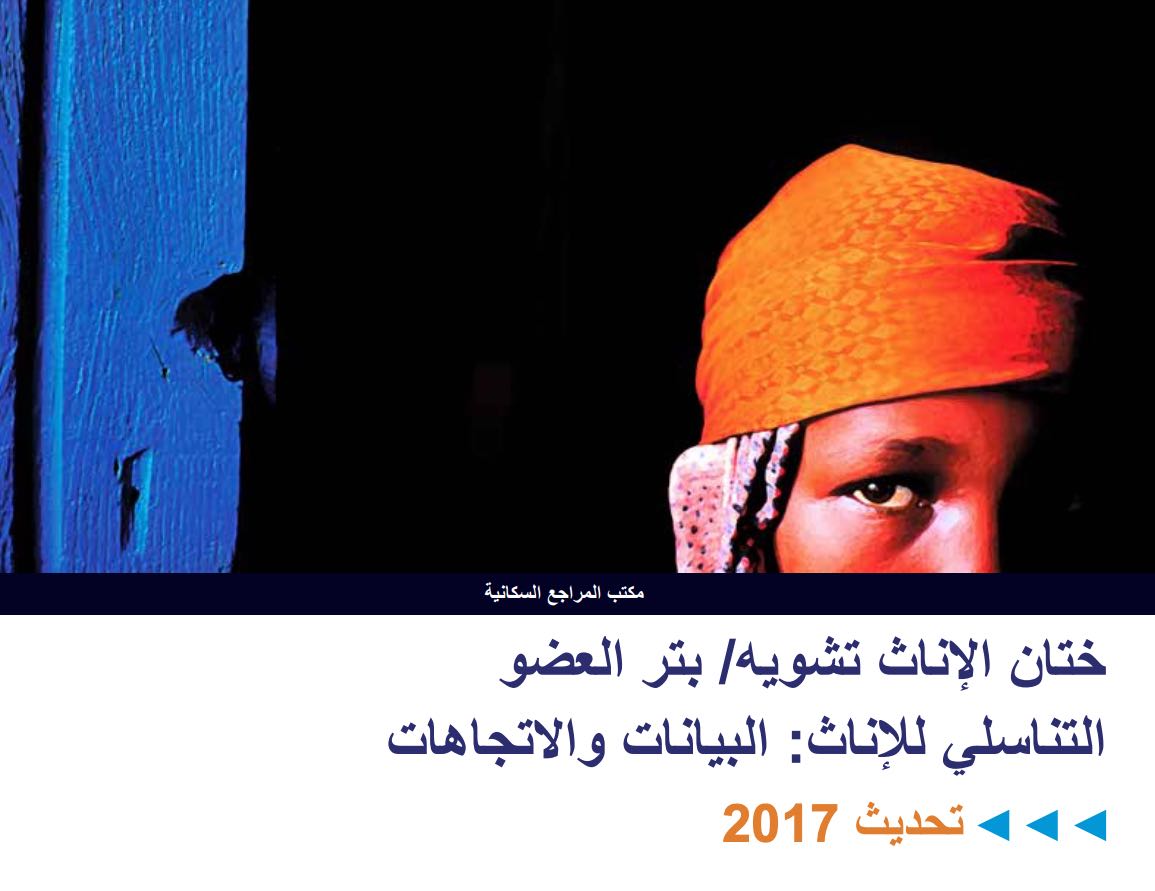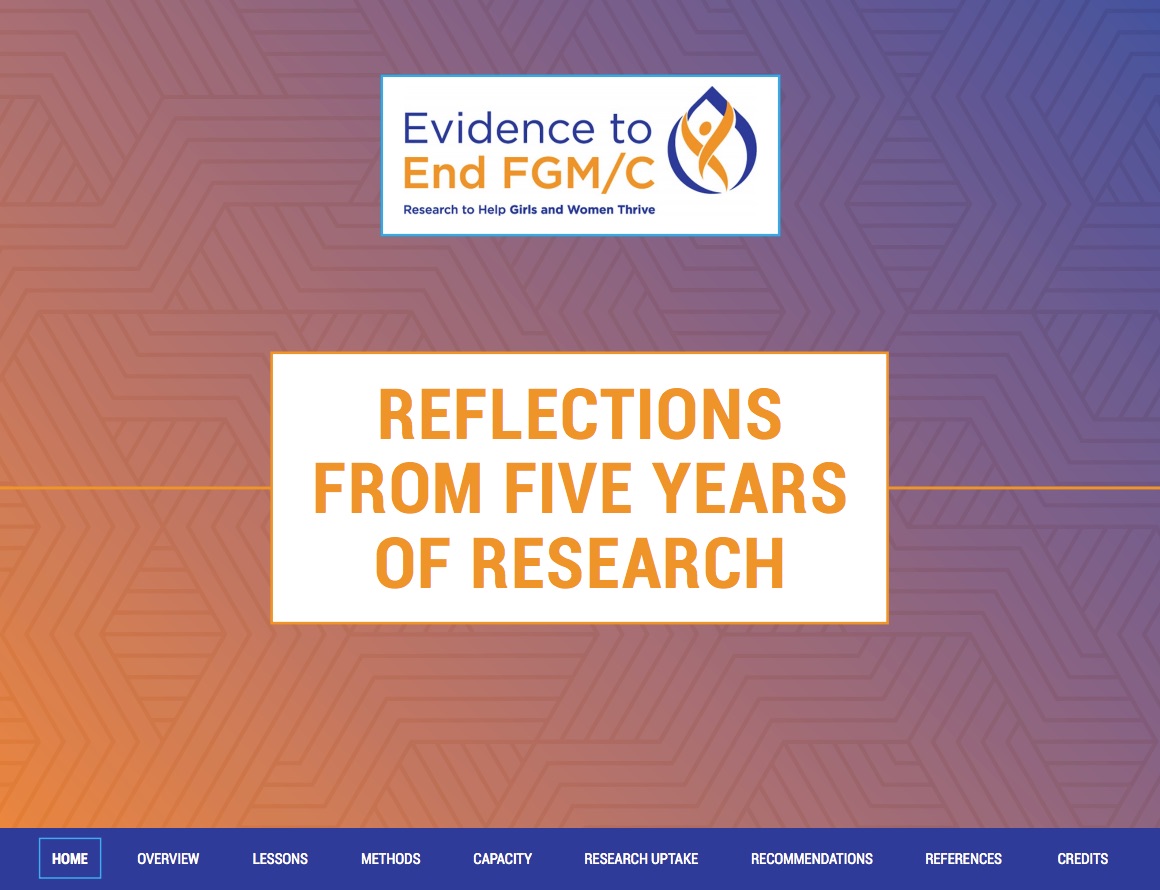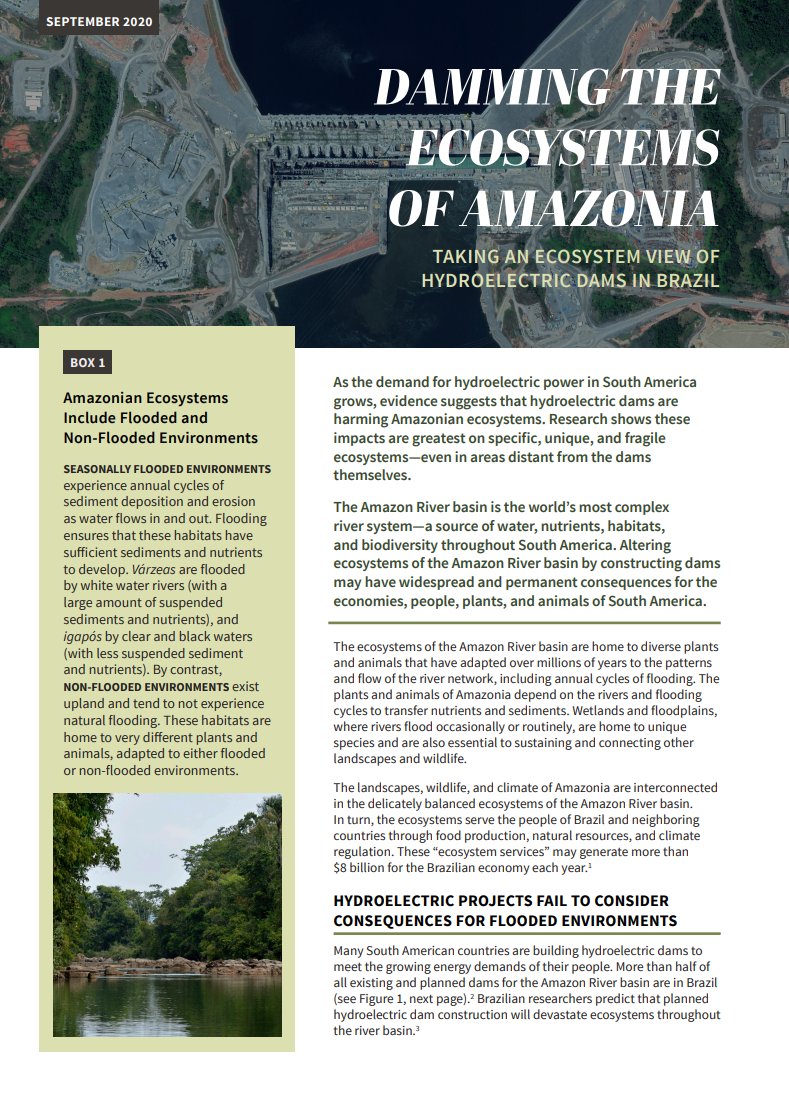Iran Achieves Replacement-Level Fertility
(2002) Having dropped from around 5 to just under 3 between 1989 and 1996, Iran's total fertility rate has again plunged — this time to 2. Iran, an Islamic country, has followed a unique and rapid path to replacement-level fertility.

